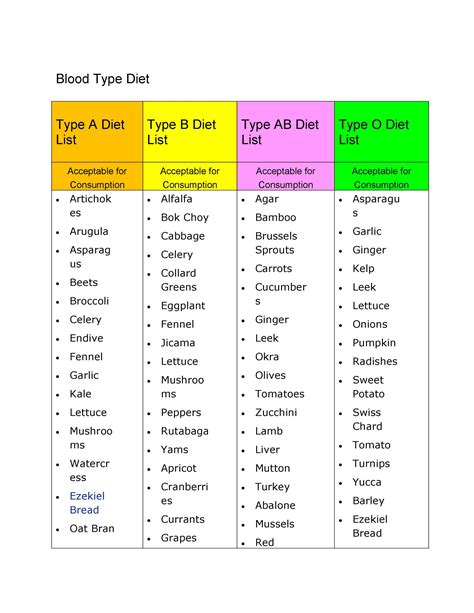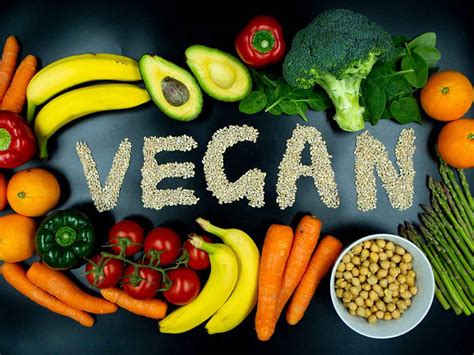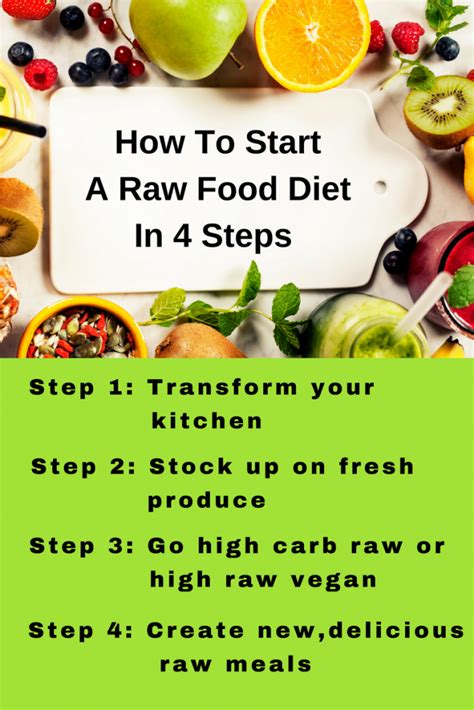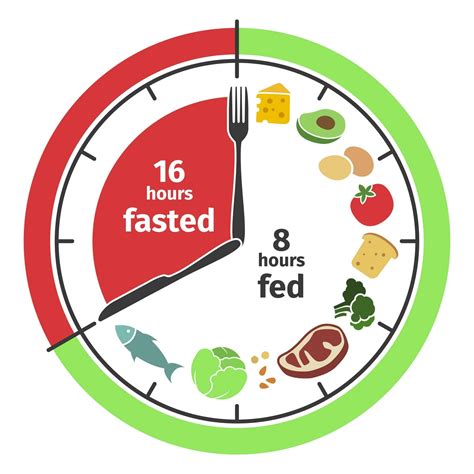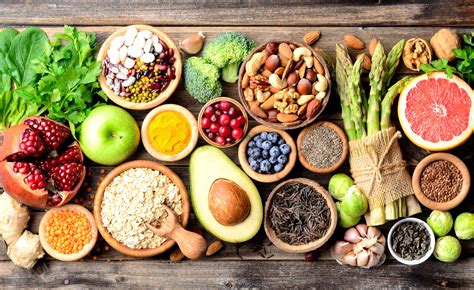Discover the benefits and challenges of a low-protein diet, along with tips for planning and monitoring protein intake. Understanding and managing your low-protein diet.
Understanding Low-Protein Diet
Contents
A low-protein diet is a dietary plan that restricts the intake of protein-rich foods. This type of diet is commonly recommended for individuals with certain medical conditions such as kidney disease or phenylketonuria. The main goal of a low-protein diet is to reduce the workload on the kidneys and prevent the buildup of waste products in the body. By limiting the consumption of protein, the body produces less urea, which is a waste product of protein metabolism that needs to be excreted by the kidneys.
People following a low-protein diet should focus on consuming protein alternatives such as fruits, vegetables, grains, and plant-based sources of protein. It is important to work with a registered dietitian to ensure that the diet provides adequate nutrition while still meeting the protein restrictions. Understanding the role of protein in the body and learning how to substitute low-protein alternatives is crucial for success in following this type of diet.
It is important to note that a low-protein diet is not suitable for everyone and should only be followed under the guidance of a healthcare professional. In some cases, protein restriction may lead to nutritional deficiencies, so it is essential to have regular monitoring of blood levels and nutritional status while following a low-protein diet.
Following a low-protein diet may present some challenges such as difficulty in meeting overall nutritional needs, limited food choices, and potential social restrictions. However, with proper planning and guidance, individuals following a low-protein diet can still enjoy a varied and satisfying diet that supports their health and well-being.
Planning a Low-Protein Meal
When following a low-protein diet, it’s important to carefully plan your meals to ensure you are getting the right balance of nutrients. This can be challenging, as many common foods are high in protein. However, with some careful thought and preparation, it is possible to create delicious and satisfying low-protein meals.
One way to create a low-protein meal is to focus on vegetables and grains. Vegetables such as broccoli, spinach, and carrots are all low in protein and can be used as the base for many different dishes. Pair these with grains like rice, quinoa, or pasta for a filling and nutritious meal.
Another important aspect of planning a low-protein meal is to pay attention to portion sizes. Even low-protein foods can contain some amount of protein, so it’s important to keep portions in check to avoid consuming too much. Using smaller portions of protein-containing foods and bulking up meals with low-protein alternatives can help keep your protein intake at an appropriate level.
It’s also helpful to get creative with seasonings and flavorings when planning a low-protein meal. Herbs, spices, and flavorful sauces can add a lot of taste to a dish without relying on high-protein ingredients. Experimenting with different flavors and cuisines can help keep your low-protein meals interesting and enjoyable.
Finally, it’s important to remember that variety is key when planning a low-protein meal. Eating the same things day after day can get boring, so look for new recipes and ingredients to keep things fresh. Trying new fruits, vegetables, and grains can help ensure that you are getting a wide range of nutrients in your low-protein diet.
Monitoring Protein Intake
When following a low-protein diet, it is crucial to monitor your protein intake to ensure that you are getting the right amount of protein for your body’s needs. This is especially important for individuals with certain medical conditions, such as kidney disease, who need to limit their protein consumption to reduce the burden on their kidneys.
One way to monitor your protein intake is to keep a food journal or use a nutrition app to track the amount of protein you are consuming each day. This can help you identify any potential sources of hidden protein in your diet and make adjustments as needed.
Additionally, it is important to be mindful of portion sizes and to read food labels carefully to determine the protein content of various foods. Some foods, such as dairy products, meat, and legumes, are naturally high in protein, while others, like fruits and vegetables, contain less protein. By paying attention to the protein content of the foods you eat, you can make informed choices about your diet.
Another helpful tool for monitoring protein intake is to consult with a registered dietitian or nutritionist. These professionals can provide personalized guidance and meal planning assistance to ensure that you are meeting your nutritional needs while adhering to a low-protein diet.
| Protein-Rich Foods | Protein Content (per serving) |
|---|---|
| Chicken breast | 26 grams |
| Greek yogurt | 17 grams |
| Almonds | 6 grams |
| Quinoa | 8 grams |
Low-Protein Diet Benefits
One of the key benefits of following a low-protein diet is the potential to improve kidney function. High levels of protein can put strain on the kidneys, and by reducing protein intake, individuals with kidney disease can manage their condition more effectively. Moreover, a low-protein diet can also help in the treatment of certain metabolic disorders, such as phenylketonuria, by minimizing the build-up of harmful substances in the body.
Another significant advantage of a low-protein diet is its potential to lower the risk of certain chronic health conditions. For instance, research has indicated that reducing protein consumption can lead to reduced blood pressure and improved heart health. Additionally, limiting protein intake has been linked to a decreased risk of developing certain types of cancer, particularly in individuals who have a family history of the disease.
Furthermore, a low-protein diet can be beneficial for individuals who are looking to manage their weight and improve their overall health. By focusing on consuming a variety of nutrient-dense foods, individuals can ensure that they are getting essential vitamins and minerals without overloading on protein. This can be particularly helpful for those looking to maintain a healthy weight or to address conditions such as diabetes or obesity.
Lastly, following a low-protein diet can also lead to a reduced risk of bone and calcium-related issues. High protein diets have been associated with increased calcium excretion, which can negatively impact bone health over time. By moderating protein intake and incorporating other sources of nutrients, individuals can support their bone density and reduce the risk of conditions such as osteoporosis.
Challenges of Low-Protein Diet
Eating a low-protein diet can present several challenges, especially for individuals who have been accustomed to consuming a higher amount of protein in their daily meals. One of the main challenges is meeting essential nutrient requirements while limiting protein intake. Proteins are not only a source of amino acids, but they also provide essential nutrients such as iron, zinc, and B vitamins. Therefore, individuals following a low-protein diet must carefully plan their meals to ensure they are still getting an adequate amount of these nutrients.
Another challenge of a low-protein diet is finding suitable protein substitutes. Many traditional sources of protein, such as meat, dairy, and eggs, are restricted on a low-protein diet. This means individuals have to explore alternative sources of protein, such as plant-based proteins like beans, lentils, and tofu. However, these substitutes may not always be as palatable or as convenient to prepare, which can make adhering to the diet more challenging.
Additionally, social situations can present challenges for those following a low-protein diet. Eating out at restaurants, attending social gatherings, or traveling can become more difficult as individuals following a low-protein diet may struggle to find suitable meal options. This can lead to feelings of isolation or frustration, as it may be challenging to fully participate in social events where food is a central focus.
Finally, maintaining motivation and adherence to a low-protein diet can be a challenge in itself. It requires a significant amount of discipline and willpower to constantly monitor protein intake and make thoughtful food choices to ensure nutrient needs are still being met. This level of diligence can be mentally exhausting and may lead to moments of frustration or temptation to deviate from the diet plan.


